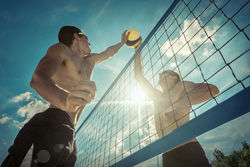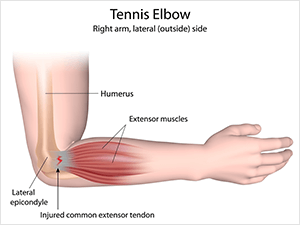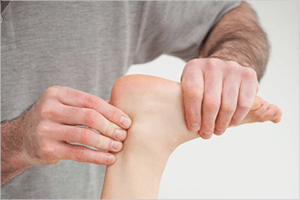Jumper’s knee (patellar tendinopathy)
 The patellar tendon is a strong thick tendon that sits below your kneecap at the front of the knee and is responsible for transferring load between the quadriceps muscle to the shin. These loads are passed through in activities such as stairs, running, jumping and landing. In some cases, loads that are placed through the patellar tendon can be excessive and increased too quickly and the tendon can begin to fail. Inflammatory and degenerate processes then commence and can lead to pain and disrepair.
The patellar tendon is a strong thick tendon that sits below your kneecap at the front of the knee and is responsible for transferring load between the quadriceps muscle to the shin. These loads are passed through in activities such as stairs, running, jumping and landing. In some cases, loads that are placed through the patellar tendon can be excessive and increased too quickly and the tendon can begin to fail. Inflammatory and degenerate processes then commence and can lead to pain and disrepair.
Patellar tendinopathy (aka Jumper’s knee) commonly affects people involved in jumping sports such as basketball and volleyball. it usually presents in scenarios where the load is increased too quickly or excessively. For example, a sudden change in volume/load, or in frequency of training, or potentially after a rest/ off-season period and return to sport too quickly.




